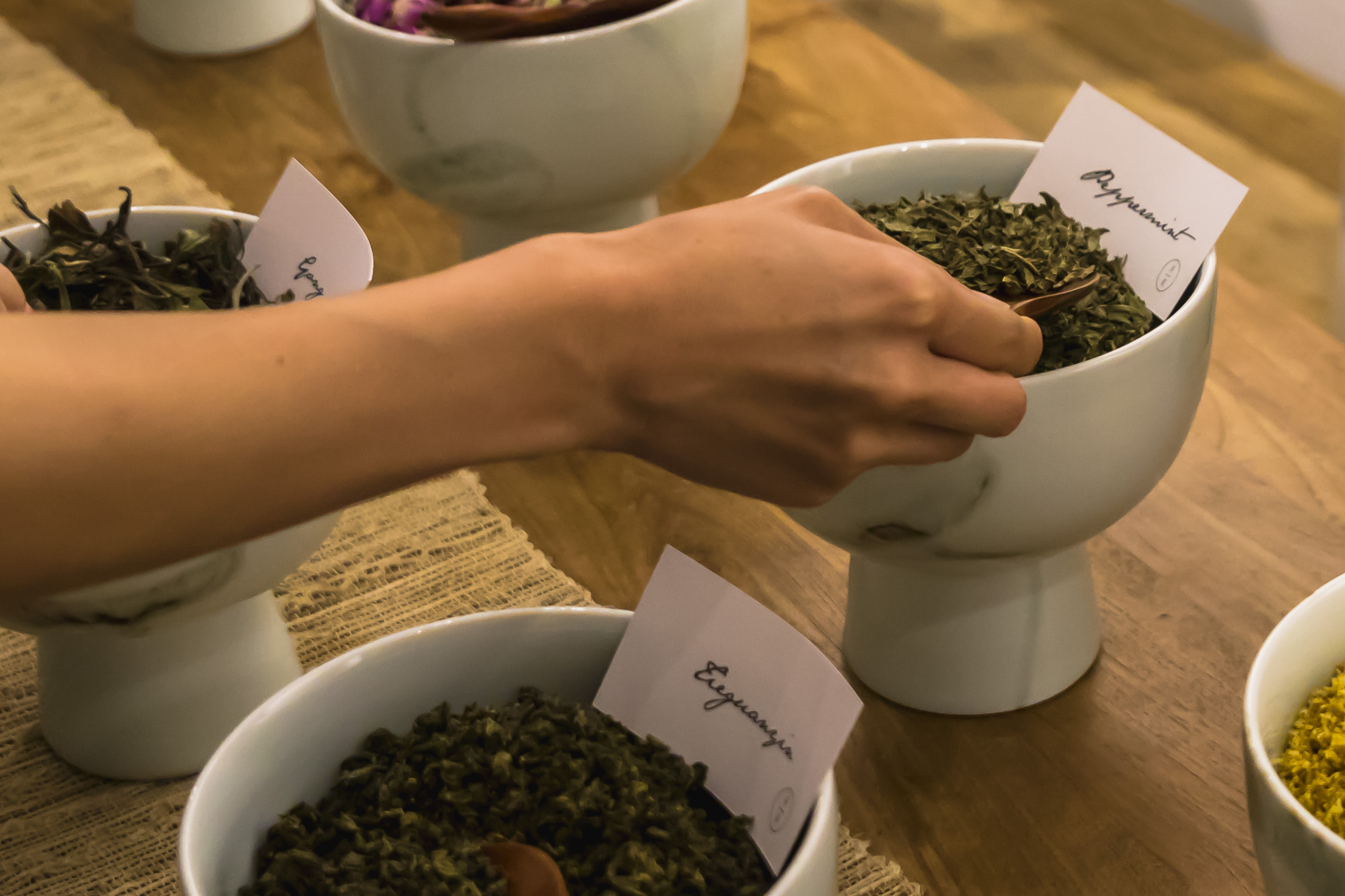Tea Tasting and Blending Workshop with Plantation by teakha
Article and photos by Michele Wisla

The relaxing atmosphere at Plantation by teakha in Sai Ying Pun, a craft tea shop, comfortably fit the Slow Food members that gathered on Saturday, June 23 for a tea tasting and blending workshop. The space, both minimalist and cozy, felt like the perfect place to learn about tea and get creative making our own blends.
We met Nana Chan, who grew up in Taiwan but who has been a local of Hong Kong for a while. Still with many connections in Taiwan, she sources a percentage of the teas in her shop from there. She also carefully selects other teas that she loves, which is her criteria for what she carries. She favors small plantations in China, Japan and India.

Nana started our workshop explaining that tea all comes from the same plant, Camellia sinensis, similar to the way all wine comes from the grape, although both tea and wine are made with different varieties. We tried four varieties of tea; White Tea, Green Tea, Oolong Tea and Black Tea.
Besides the varietal, differences in taste come about through tea making techniques like the processing methods and amount of oxidation. After the tea leaves are plucked, contact with air starts the oxidization process. Chemical reactions occur with oxidation, producing the aromas and the flavors. The tea producer’s technique involves manipulating this oxidation process to produce different types of tea, controlling the different degrees of oxidation and allowing the teas to have different flavors.
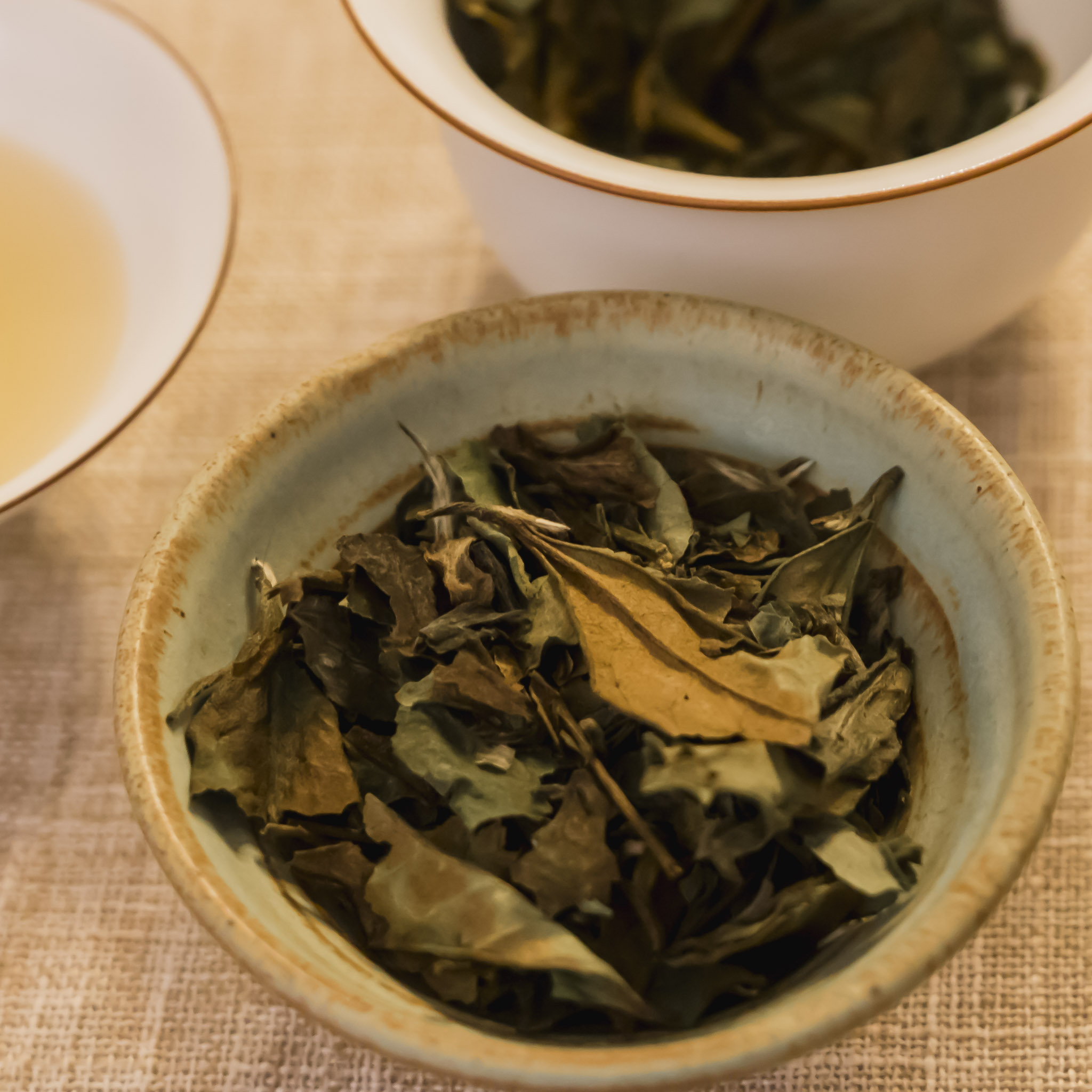
The first two teas we tried, green tea and white tea are generally the healthiest. Especially white tea, being unprocessed it’s the most natural form of tea. Dried in the sun, it retains most of the nutrients and is high in antioxidants.
Our first tea, the green tea, is the most unoxidized tea which is because oxidation is stopped by cooking the tea leaves. Japanese green teas are immediately steamed after they are plucked. Baking is done in India and frying the tea leaves is usually done in China.
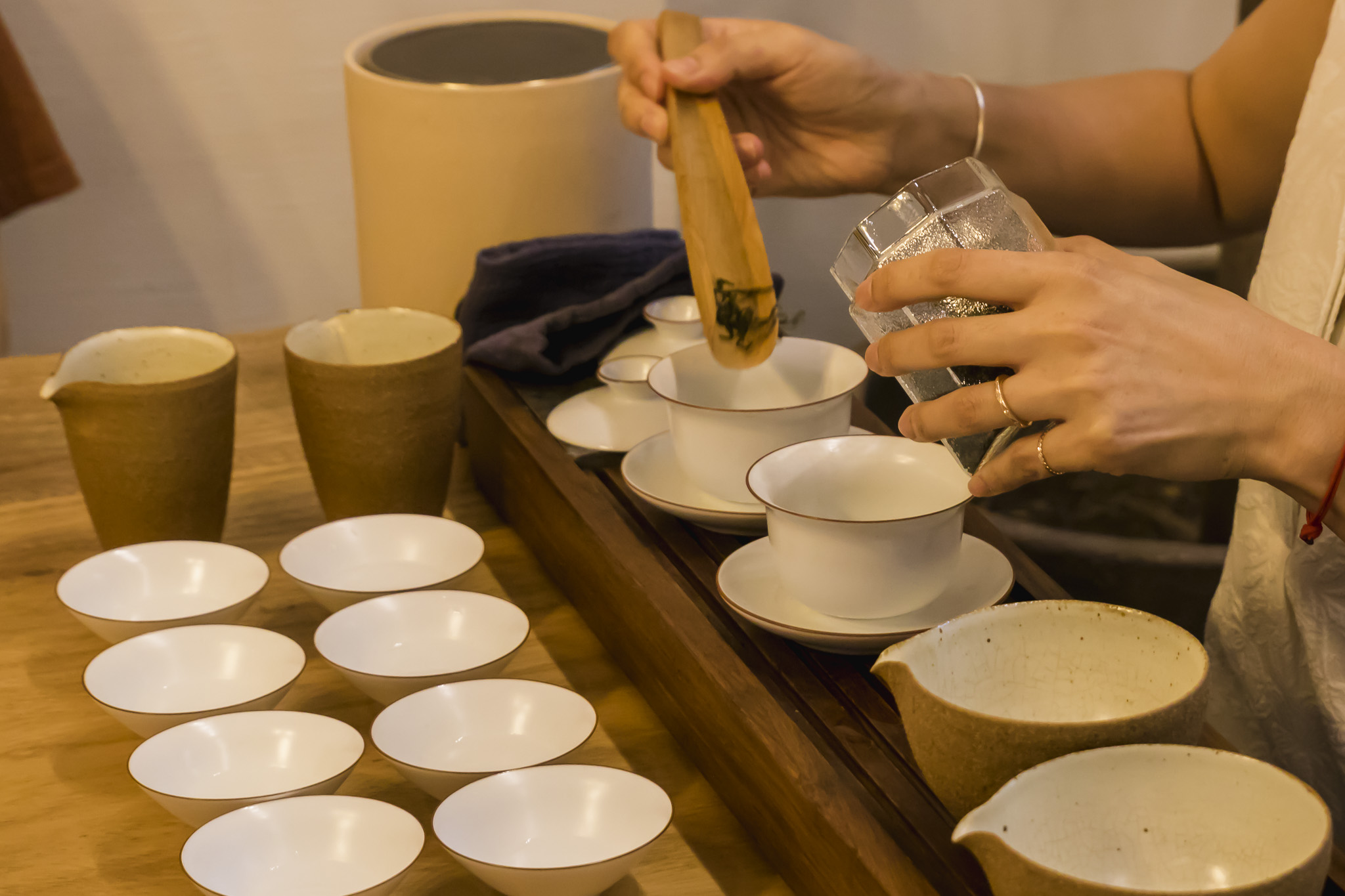
Green teas are relatively less processed. Green tea is produced usually in spring, black tea usually in summer when the leaves are dark green. Some places have winter teas which are usually more expensive because there is a smaller harvest with smaller shoots.
The green tea we tried, Anji White Tea (yes, with the somewhat confusing name, it’s a green tea) was from a small town about three hours outside Hangzhou. It’s plucked when the leaves are very young and so retains many of the nutrients. It’s highly prized because it hasn’t had time to develop a lot of the bitterness of a more mature leaf. Guided to pay attention to the aroma and the taste in my mouth, as well as the aroma left in the empty cup, I could better appreciate the sweet, subtle and fresh taste.
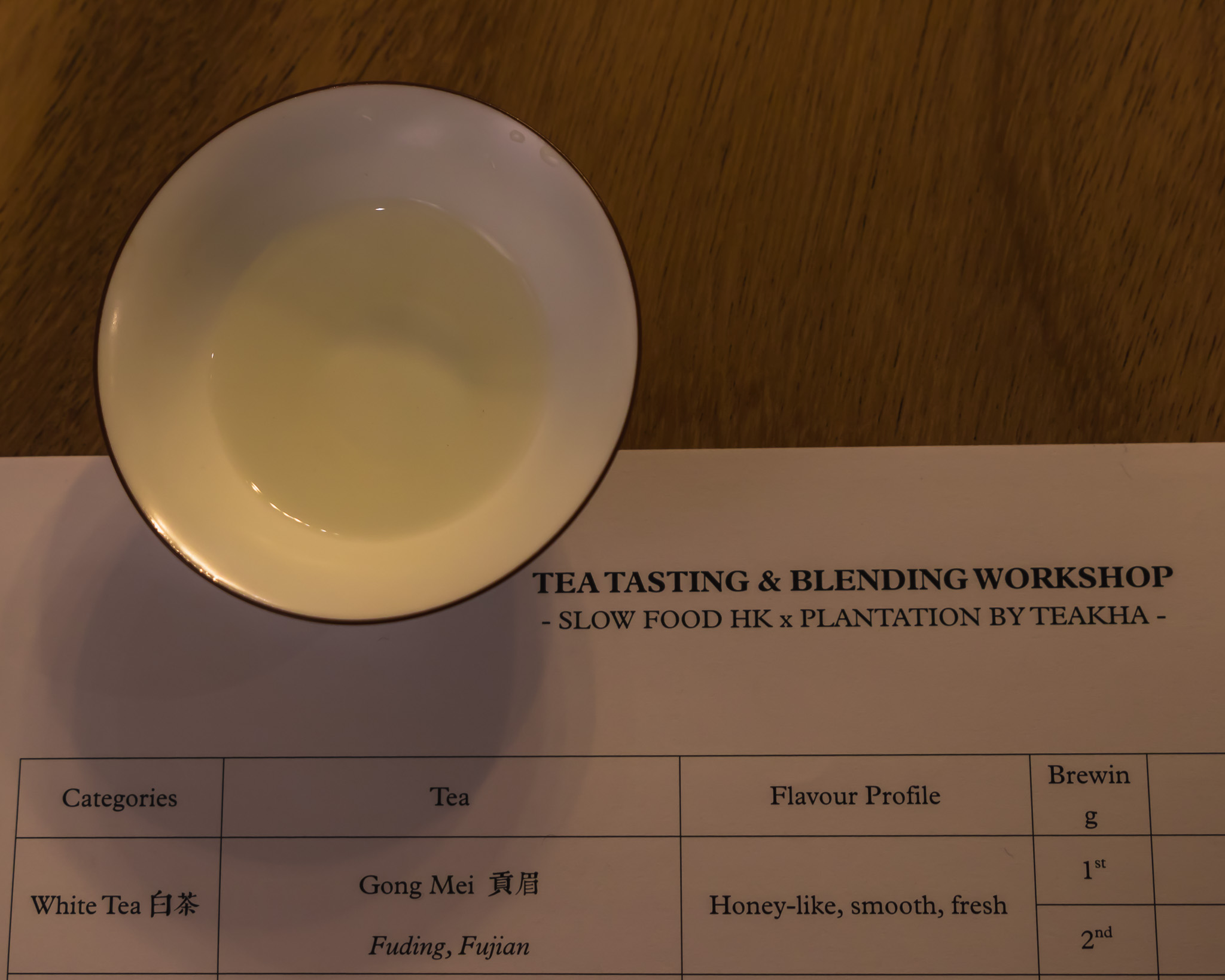
The white tea we tried was Gong Mei from Fuding, Fujian. Although a gentle and mild tea, it tasted stronger than the green tea, perhaps because of a smooth honey-like mouth feel. The tea leaves were very big compared to the others. For the brewing, the more delicate white and the green teas required a slightly lower temperature than the black and oolong teas, around 80 degrees C. This made sure the tea wasn’t scalded and that the delicate aromas weren’t lost.
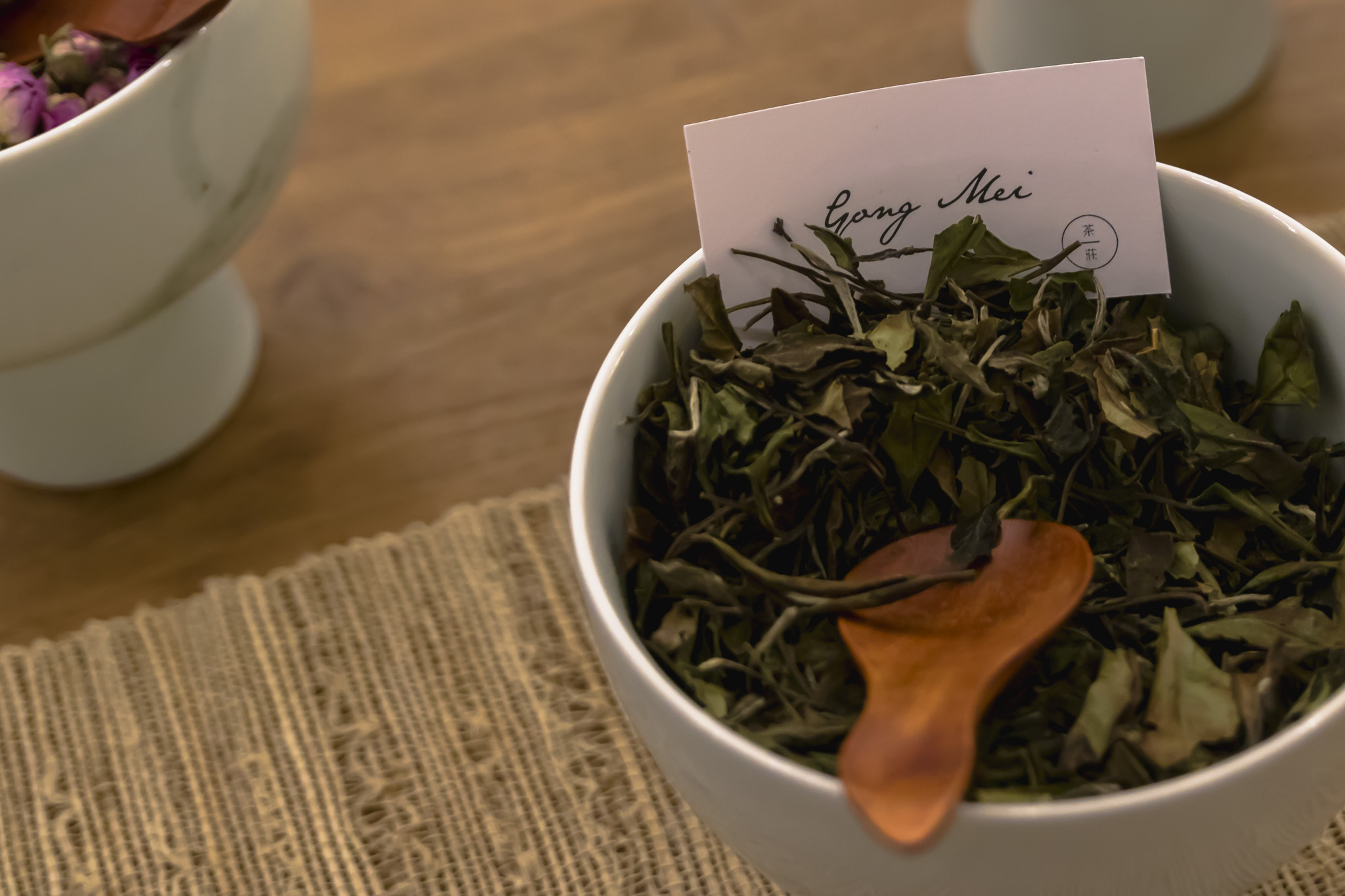
Orchid Tieguanyin, also from Fujian province, was the Oolong tea we tried. It was floral and seemed to be the group’s favorite for its strong beautiful aroma.
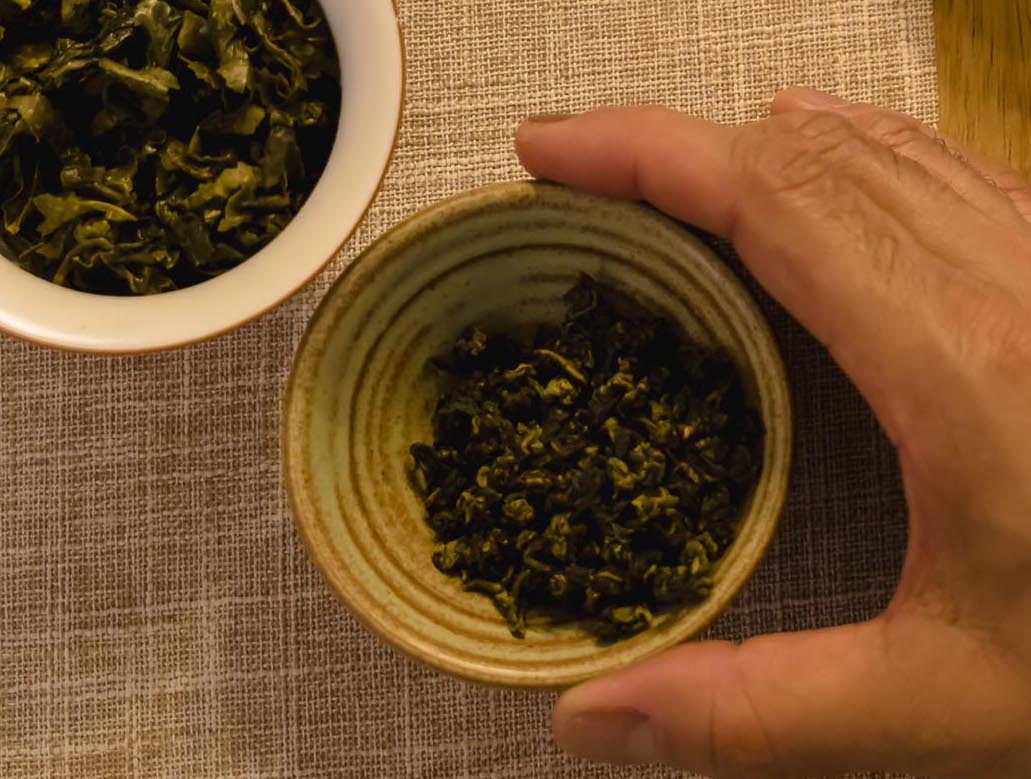
Normally getting three brews from the same leaves, we tasted more than one brew so we were able to taste the teas in different stages. We noticed that the second brew of the tea was stronger than the first one. The second time allows the tea leaf more time to expand and with more water touching the surface of the expanded leaf, more flavor is released. This is much more noticeable with teas that are curled up. With the oolong leaves that were tightly curled, the second brew was even more floral than the first.
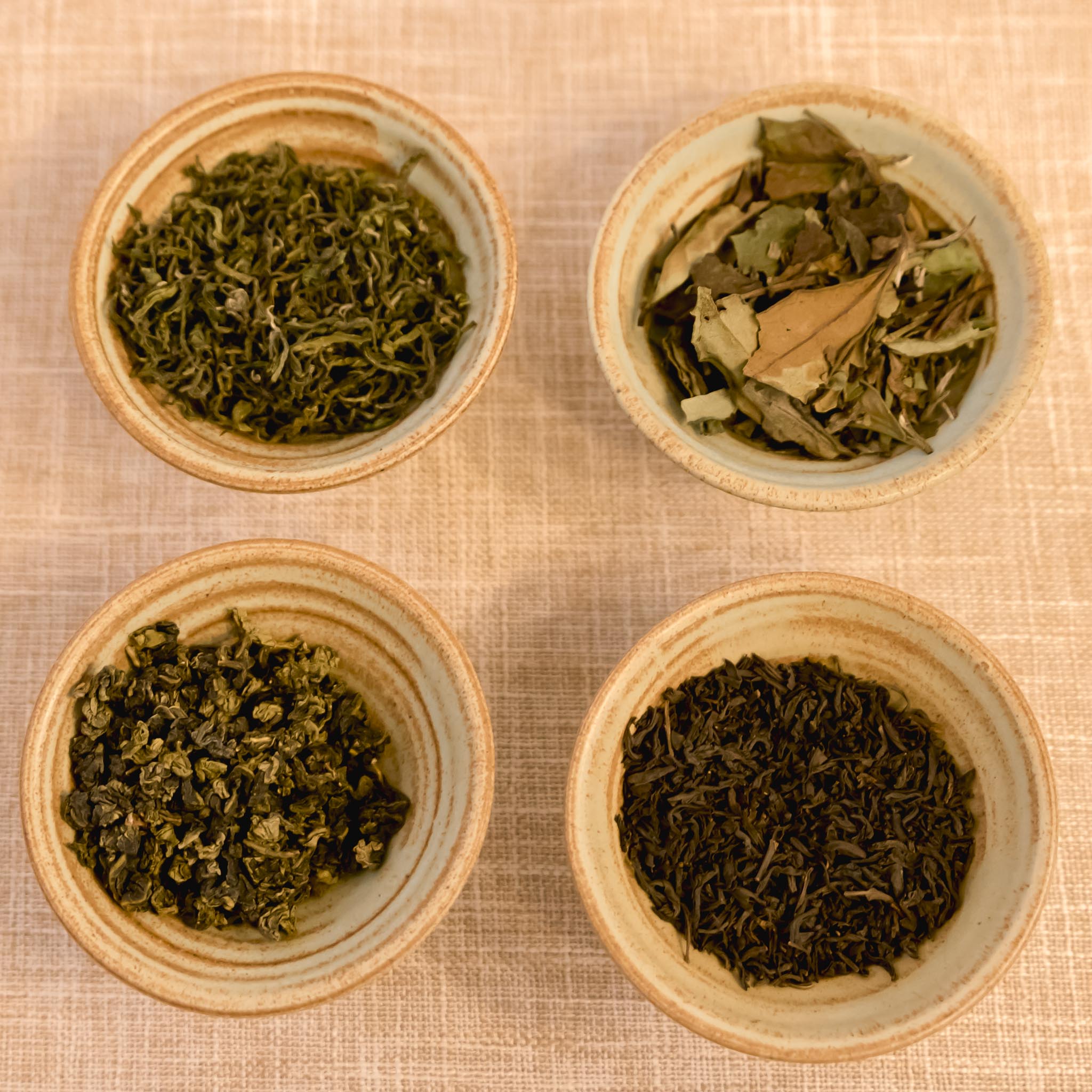
The last tea we tried was a black Huangshan Keemun from Anhui province. Because of the higher amount of caffeine, it’s usually used as part of the blend for English tea as well as for morning breakfast tea. It’s taste was slightly smoky and woody.
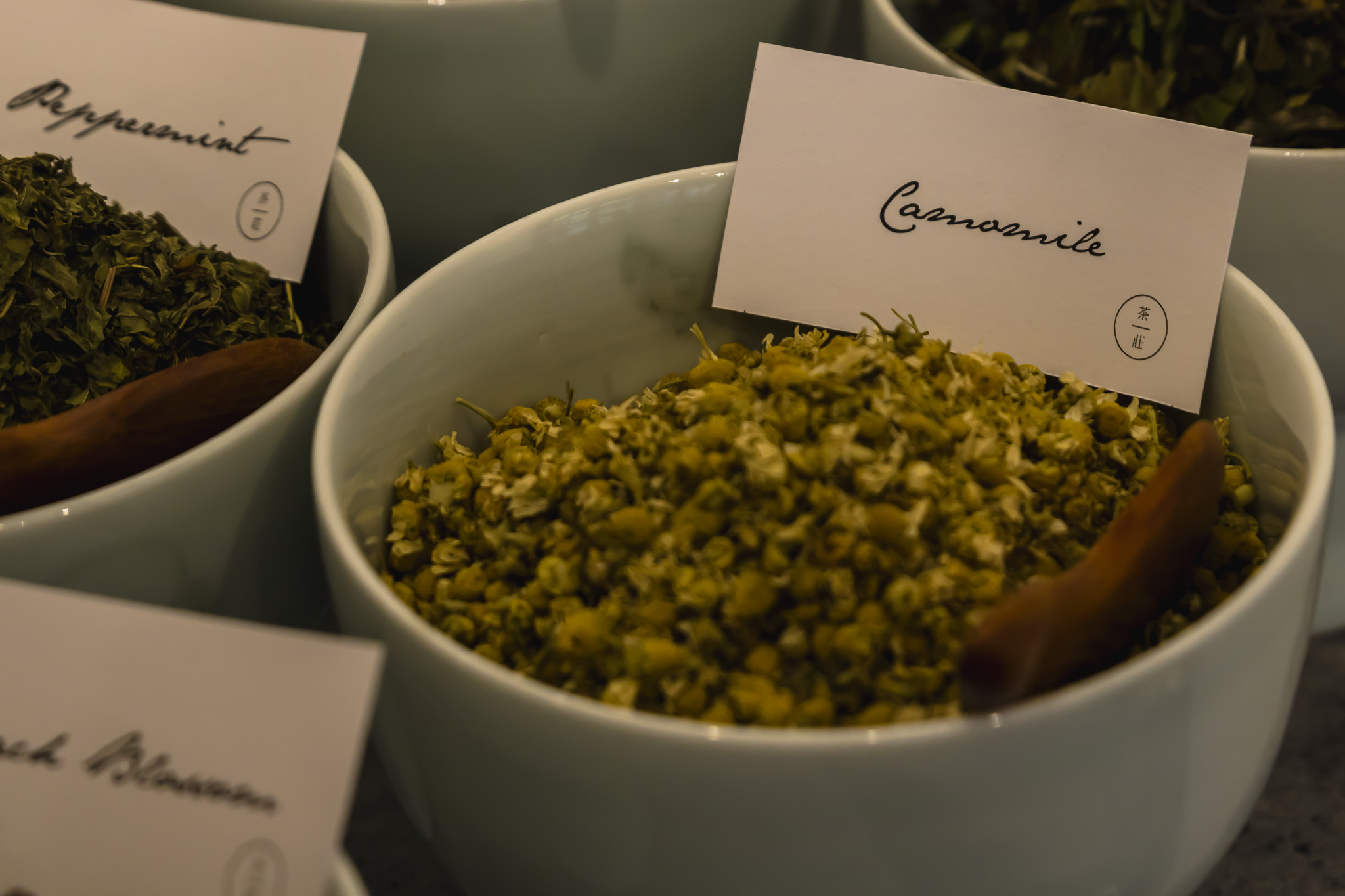
After the tasting, we moved to another part of the shop for the blending workshop and had the opportunity to blend the four types of teas we tasted with choices of rose, osmanthus, peppermint, camomile and peach blossom. We each tried a couple combinations and picked the one we liked best to take home to enjoy later.
